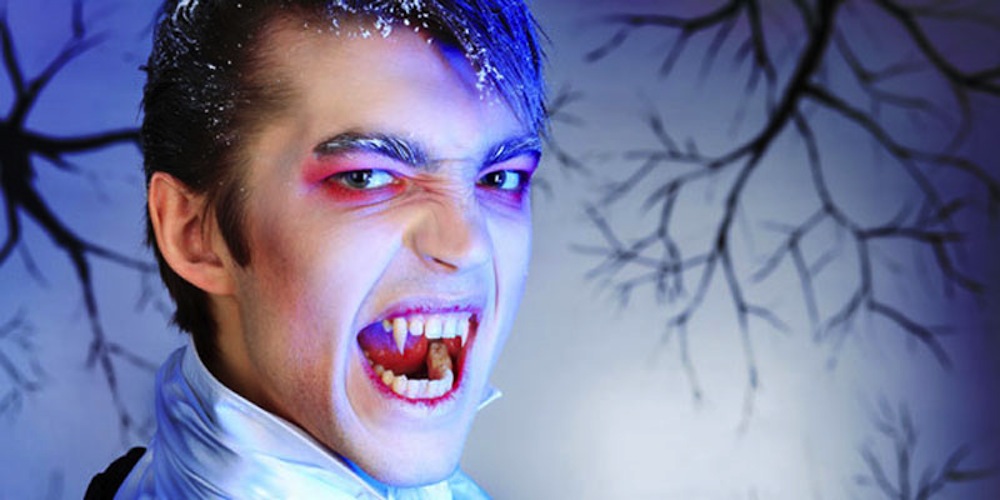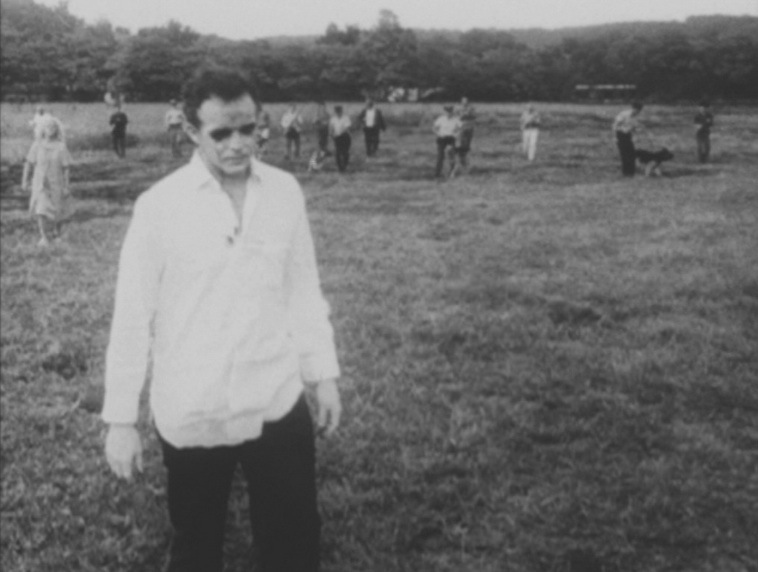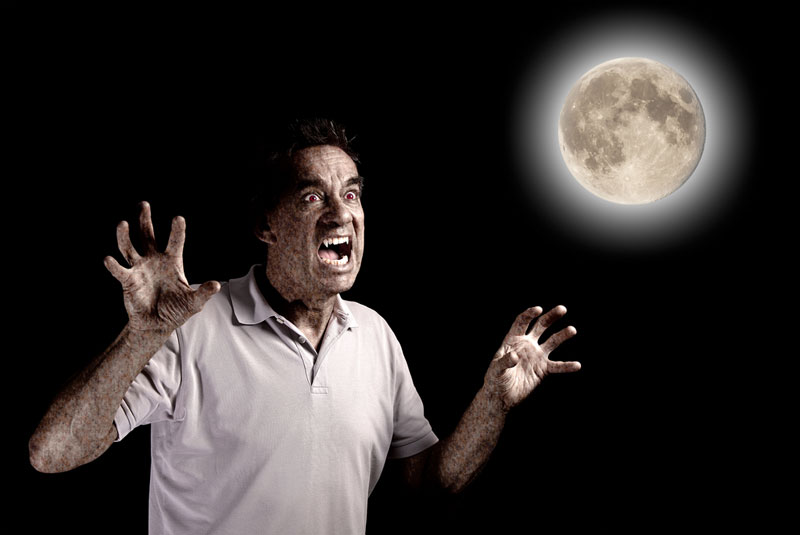Vampires, Zombies & Werewolves, Oh My! The Origins of Halloween Monsters

Love them or fear them, the spooky creatures that haunt your Halloween nightmares have complicated histories. Legends about scary beasts, such as werewolves and zombies, span continents and centuries. From the 15th century vampire myths of Serbia to the werewolf tales of ancient Rome, here are the origin stories of your favorite Halloween monsters.
Vampires
Vampire legends were popular long before Edward Cullen won the hearts of "Twilight" fans. Blood-sucking corpses like the Cullens are really just the most modern manifestations of the vampire myth, and they have other famous vampires, such as Bram Stoker's Dracula, to thank for their existence.
Dracula, arguably the most famous vampire of all time, is the fictional monster that put revenants (human corpses that return from the grave to harm the living) on the map in the late 19th century. But some historians think that a real person — Vlad the Impaler, or Vlad III, a medieval Romanian prince who was also known as Dracula — inspired Stoker's literary vampire. [Dracula & The Walking Dead: 5 Real-Life Monsters]
The real Dracula probably didn't drink anyone's blood, but he was ruthless and had a gruesome habit of impaling his enemies with pointy stakes. However, in the northern Balkan Mountains, near Vlad III's home region of Wallachia, locals do tell folktales about "moroi," or vampirelike children. According to legend, moroi are children who die before they are baptized and who dine on the blood of cattle before leaving Earth and finding their place in heaven or hell, Florin Curta, a professor of medieval history and archaeology at the University of Florida, told Live Science in 2014.
Many other regions and cultures share similarly creepy stories about vampirelike creatures. In China, there are jiangshi, evil spirits that attack people and drain their life energy. And some historians date vampires all the way back to the time of the ancient Egyptians, whose myths include references to demons summoned from other worlds. Ancient Babylonians and Greeks may also have believed in these reanimated corpses, Tracy Betsinger, a bioarchaeologist at the State University of New York at Oneonta who has studied "vampire graves," told Live Science in 2014.
Archaeologists have found evidence of so-called vampire burials — in which the body of the deceased is pinned to the earth with wooden stakes or iron bars — in countries such as Poland, Bulgaria and the United States.
Sign up for the Live Science daily newsletter now
Get the world’s most fascinating discoveries delivered straight to your inbox.
These strange graves, which sometimes also feature decapitated skeletons or skulls with bricks shoved between the jaws, may have originated in the Middle Ages, as early as the 11th century, when tales about vampires started to emerge in Europe, Betsinger said. But people continued to bury suspected vampires this way into the 18th century in Poland, and a vampire grave discovered in Connecticut in the U.S. dates back to the 1830s, according to Smithsonian Magazine. People likely buried suspected vampires this way to keep them from emerging from the grave as revenants that could harm the living.
Zombies
Fans of the hit TV show "The Walking Dead" may be interested to know that their favorite flesh-eating characters are based on some very real history — that of Haiti in the 17th and 18th centuries. Zombies are what Amy Wilentz, an English professor at the University of California, Irvine, called a "New World phenomenon."

In a piece she wrote in 2012 for The New York Times, Wilentz described how modern ideas about zombies arose from the blending of old African religious beliefs and "the pain of slavery" that defined Haiti before it gained independence from France at the turn of the 19th century. In certain traditional African religions, people believe that a human soul can be stolen from the body and be bottled up for later use, but this idea took a much different form when it reached Haiti.
Slaves who considered committing suicide to escape their miserable lives were constantly reminded by their overseers (usually other slaves who were sometimes also Voodoo priests) that, if they killed themselves, they might become zombies, or walking dead with no souls who are bound to do the bidding of a mortal master. Zombies could never reach lan guinée (which literally means Guinea, or West Africa, the final resting place), according to Wilentz. [10 of the Spookiest Haunted Houses in America]
But the modern concept of a zombie in Western cultures has diverted significantly from its Haitian roots. Films portraying reanimated corpses that feast on human flesh first started popping up in the 1960s with George A. Romero's film "Night of the Living Dead." In 1985, on-screen zombies added human brains to their ghastly menu in the movie "Return of the Living Dead" (despite its similar name, "Return of the Living Dead" was not also directed by Romero). Why the undead feel such an insatiable hunger for human body parts is really anyone's guess.
Werewolves
Remus Lupin in the "Harry Potter" movies, Jacob Black in the "Twilight" series, Scott Howard in "Teen Wolf" — these are just a few of the best known werewolves from books and movies. But like zombies and vampires, shape-shifting human-wolf hybrids have quite a long history in the folklore of many nations.

Tales of werewolves appear in the nearly 2,000-year-old writings of the ancient Roman novelist Petronius, and in Ovid's narrative poem "The Metamorphoses." But even "The Epic of Gilgamesh," a Babylonian tale that is nearly 4,000 years old, might mention a werewolf. In the epic poem, a goddess turns a shepherd into a wolf (a similar thing happens in Ovid's tale). But regardless of when, exactly, werewolves were first written about, belief in these creatures remained strong throughout the Middle Ages in Europe.
In some parts of the world, popular legends depict people taking the form of other animals. In some Asian countries, like Japan and Korea, there are myths about were-foxes. In India, were-snakes are a popular element of traditional folktales.
Known as lycanthropes by some, werewolves are usually "born" in popular legends when people are bitten by a wolf or werewolf or are cursed by someone. But even seemingly innocuous things were once believed to turn people into flesh-craving human-wolf hybrids, according to the book "Giants, Monsters, and Dragons," (W.W. Norton & Co., 2001) by folklorist Carol Rose. So take care this Halloween, because if the legends are true, even just falling asleep under a full moon or eating certain herbs can turn you into a werewolf.
Follow Elizabeth Palermo @techEpalermo. Follow Live Science @livescience, Facebook & Google+. Original article on Live Science.

Elizabeth is a former Live Science associate editor and current director of audience development at the Chamber of Commerce. She graduated with a bachelor of arts degree from George Washington University. Elizabeth has traveled throughout the Americas, studying political systems and indigenous cultures and teaching English to students of all ages.










